Anti-PI 3 Kinase p55 gamma Antibody (1C282)PtdIns-3-kinase regulatory subunit p55-gamma, PtdIns-3-kinase regulatory subunit gamma, PtdIns 3 kinase p85 gamma, Pik3r3, PI3-kinase subunit p55-gamma, PI3-kinase regulatory subunit gamma, PI3K regulatory subunit gamma, PI3 kinase p85 subunit gamma, PI 3 Kinase p55 γ, PI 3 Kinase p55 g, Phosphoinositide 3 kinase, regulatory subunit, polypeptide 3 (p55, gamma), Phosphoinositide 3 kinase, regulatory subunit 3 (p55, gamma), Phosphoinositide 3 kinase regulatory subunit polypeptide 3, Phosphoinositide 3 kinase regulatory subunit 3 (gamma), Phosphoinositide 3 kinase regulatory subunit 3, Phosphatidylinositol 3-kinase regulatory subunit gamma, Phosphatidylinositol 3-kinase 55 kDa regulatory subunit gamma, Phosphatidylinositol 3 kinase, regulatory subunit, polypeptide 3 (p55, gamma), Phosphatidylinositol 3 kinase regulatory subunit polypeptide 3, Phosphatidylinositol 3 kinase regulatory subunit gamma, p55PIK, P55G_HUMAN, p55 gamma, p55, OTTHUMP00000009786, OTTHUMP00000009783, FLJ41892, DKFZp686P05226
 Your shopping cart is currently empty
Your shopping cart is currently empty





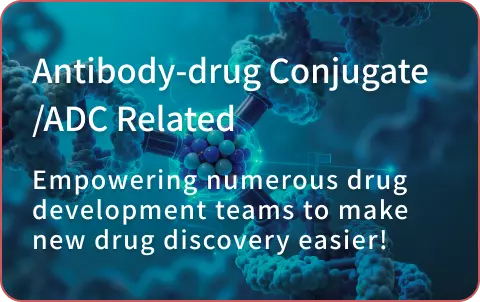



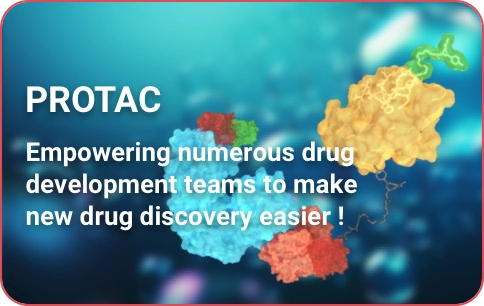
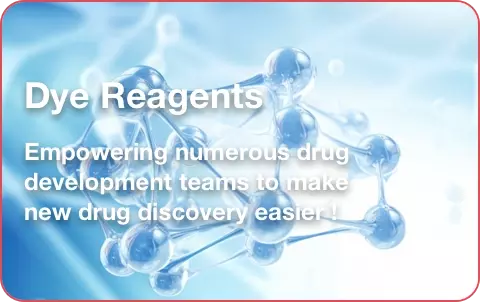
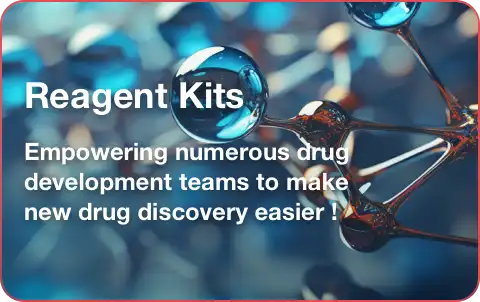
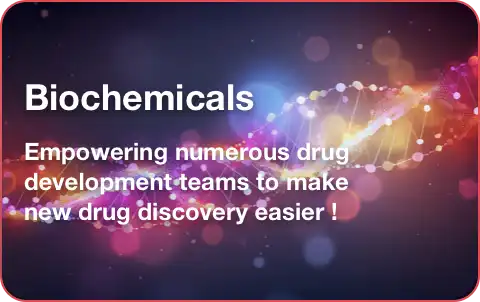








 Hello! How can I help you today?
Hello! How can I help you today? 

